Archaeologists continue to debate the settlement of the New World
The question of when and how people first settled the Americas is a matter of considerable debate. A geologist from the Smithsonian Institution believes he has discovered new evidence in Maryland that could change the course of the country's history.
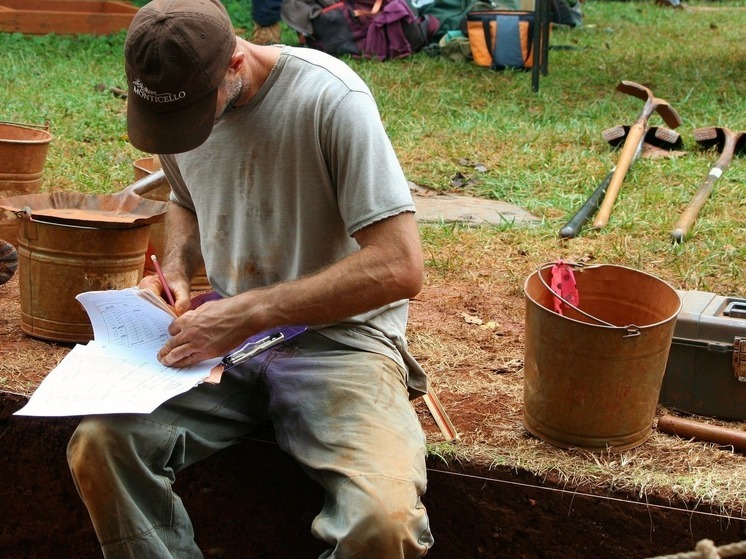 Photo: Pixabay.com.
Photo: Pixabay.com.
Geologist Darrin Lowry discovered 286 artifacts in the Chesapeake Bay, the oldest of which were carved from charcoal and dated back to more than 22,000 years ago—at least 7,000 years earlier than scientists think humans first settled the Americas.< /p>
Archaeological finds in White Sands National Park in New Mexico, according to many researchers, date human activity to the period from 21 thousand to 23 thousand years ago. Lowry now believes that humans existed in Maryland around the same time.
The geologist and his team have been excavating Parsons Island for more than a decade, finding ancient stone tools in layers of sediment that were dated based on studies of preserved pollen and microfossils.
After publishing their findings, which were not peer-reviewed, Lowery told The Washington Post that “life is too short” to discuss the peer review process with others. He argues that the oldest of the 286 artifacts found on Parsons Island significantly pushes back the date of human arrival in the area.
Parsons Island itself presents many research challenges due to its rapid erosion caused by land subsidence and rising sea levels. The area where the artifacts were discovered is currently submerged under the turbulent waters of the Gulf, highlighting the importance of studying and documenting these sites before they disappear completely.
The leading theory of the Great Migration is that about 15,000 years ago, people took advantage of the Bering Land Bridge connecting Eurasia to North America and moved south when the ice melted and opened up ways to explore new lands. Scientists believe that as people migrated south, they left behind a variety of fluted stone projectile points. They are known as the Clovis Tips because the group of people believed to be the first to arrive in America were named after a town in Clovis.
The idea is based on genetic studies of the ancestors of Native Americans, but the latest data is analyzed using a database of tools in Maryland, which Lowry believes makes the Clovis finds similar.
According to Lowry's story in the Washington Post, when he was nine years old, he discovered what he believed to be a replica of Clovis near his home near Parsons Island. This sparked his interest in the area, and he has since set foot on the 78-acre private island and continues to search for archaeological finds.
With the owners' permission, Lowry and other geologists studied the island, making 93 site visits to excavate and study sediments to help date the geological layers. The team of researchers believe they have discovered a pond that attracted animals and people to the site, leaving behind stone tools that are currently being examined. What is now called the coastline was not always like this.
Lowry and his team found the first evidence of ancient humans back in 2013, when they discovered a prehistoric leaf-shaped stone tool protruding from a rock. The tool was discovered in a dark layer that reached up to Lowry's knees, which turned out to be sediment more than 20 thousand years old.
According to the manuscript published by Lowry, sediment samples were subsequently sent to laboratories for analysis, allowing researchers to compile a geological chronology. Lowry said the tools were found during the Last Glacial Maximum, the coldest period of the Ice Age.
But the claims raised even more questions, including how the first settlers got to Maryland, whether they ancestors of Native Americans or not, and how many migration waves there have been in American history.
According to Binghamton University archaeologist Sebastien Lacombe, the island's rapid erosion is likely pushing artifacts deeper into the bay, which means scientists have already missed most of our opportunities to explore the area in search of new finds.
















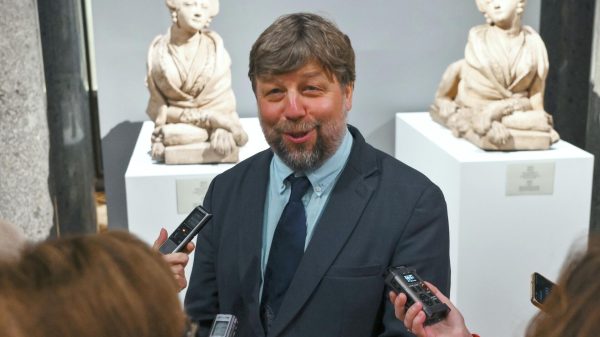

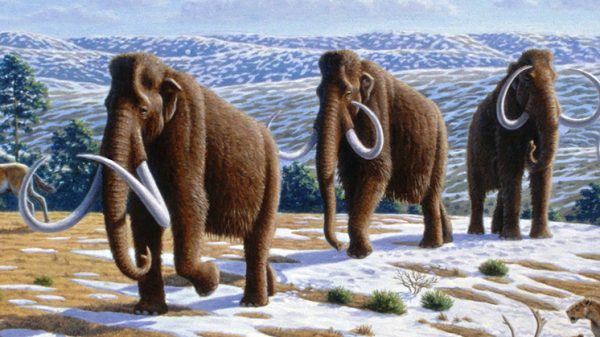


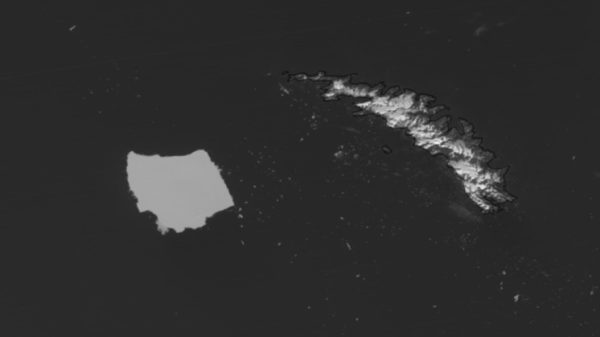














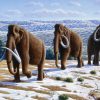





















Свежие комментарии